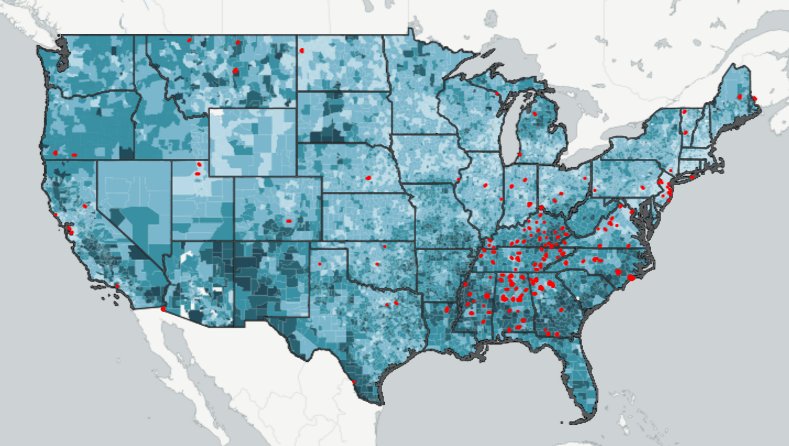Turks Can Agree on One Thing: U.S. Was Behind Failed Coup
ISTANBUL — A Turkish newspaper reported that an American academic and former State Department official had helped orchestrate a violent conspiracy to topple the Turkish government from a fancy hotel on an island in the Sea of Marmara, near Istanbul. The same newspaper, in a front-page headline, flat-out said the United States had tried to assassinate President Recep Tayyip Erdogan on the night of the failed coup.
When another pro-government newspaper asked Turks in a recent poll conducted on Twitter which part of the United States government had supported the coup plotters, the C.I.A. came in first, with 69 percent, and the White House was a distant second, with 20 percent.
These conspiracy theories are not the product of a few cranks on the fringes of Turkish society. Turkey may be a deeply polarized country, but one thing Turks across all segments of society — Islamists, secular people, liberals, nationalists — seem to have come together on is that the United States was somehow wrapped up in the failed coup, either directly or simply because the man widely suspected to be the leader of the conspiracy, the Muslim cleric Fethullah Gulen, lives in self-exile in the United States.
“Whenever something shocking and horrific happens in Turkey, the reflex is conspiracy,” said Akin Unver, an assistant professor of international relations at Kadir Has University in Istanbul.
That response goes back almost a century, to the end of World War I, when the West carved up the defeated Ottoman Empire. A Western plan to divide what became modern Turkey failed after Mustafa Kemal Ataturk, the country’s founder, waged war against the occupiers. But the effort forever ingrained in the Turkish psyche a fear of Western conspiracies.
In the case of the failed coup, there is much more at play than fanciful conspiracy theories, many Turks say, because of the nearly universal conviction that it was engineered by Mr. Gulen, who for 16 years has lived in a secluded compound in the Pocono Mountains in Pennsylvania.
In various interviews and statements, Mr. Gulen has strongly denied involvement in the coup. Yet because he lives in the United States, and because of other salient facts — including that a former C.I.A. official and a former American ambassador to Turkey helped Mr. Gulen receive a green card — many Turks believe Mr. Gulen is an American agent. From there, itTurks Can Agree on One Thing: U.S. Was Behind Failed Coup - The New York Times:

Big Education Ape: KILLING ED: 120 American Charter Schools and One Secretive Turkish Cleric -http://bigeducationape.blogspot.com/2016/01/killing-ed-120-american-charter-schools.html
Big Education Ape: Reading, writing and religion? Dallas-area charter schools come under fire (again). | Dallas Morning News - http://bigeducationape.blogspot.com/2016/08/reading-writing-and-religion-dallas.html
Big Education Ape: United States must extradite Fethullah Gulen to Turkey: Ankara mayor | The Indian Express - http://bigeducationape.blogspot.com/2016/07/united-states-must-extradite-fethullah.html
Big Education Ape: Texas Opens Probe Into Gulen Connection to Charter Schools - WSJ - http://bigeducationape.blogspot.com/2016/07/texas-opens-probe-into-gulen-connection.html
Big Education Ape: TBF: Charter Schools Tied to Turkey’s Gulen Movement Grow in Texas - The New York Times - http://bigeducationape.blogspot.com/2016/07/tbf-charter-schools-tied-to-turkeys.html
Big Education Ape: Fethullah Gulen: Moderniser or Wolf in Sheep’s Clothing? « CSS Blog Network - http://bigeducationape.blogspot.com/2016/07/fethullah-gulen-moderniser-or-wolf-in.html
Big Education Ape: Coup-attempting Gülenist group operates near 140 charter schools in US - Daily Sabah - http://bigeducationape.blogspot.com/2016/07/coup-attempting-gulenist-group-operates.html
Big Education Ape: The Gulen Movement’s Collision Course With The Turkish State -http://bigeducationape.blogspot.com/2016/07/the-gulen-movements-collision-course.html
Big Education Ape: US Commander Campbell: The man behind the failed coup in Turkey -http://bigeducationape.blogspot.com/2016/07/us-commander-campbell-man-behind-failed.html
Big Education Ape: Turkey’s Failed Coup Puts Spotlight on a Rural Pennsylvanian Town - WSJ - http://bigeducationape.blogspot.com/2016/07/turkeys-failed-coup-puts-spotlight-on.html
Big Education Ape: TBFURMAN: Who's Running These Schools? Part 3 -http://bigeducationape.blogspot.com/2016/07/tbfurman-whos-running-these-schools_24.html
Big Education Ape: Turkish rivalry comes to San Jose amid allegations about Magnolia charter schools - Mercury News - http://bigeducationape.blogspot.com/2016/07/turkish-rivalry-comes-to-san-jose-amid.html
Big Education Ape: Apple Education Services Posts Its Privacy Policy… in Latin | deutsch29 -http://bigeducationape.blogspot.com/2016/07/apple-education-services-posts-its.html
Big Education Ape: What Would it Take for US to Extradite Muslim Cleric to Turkey? -http://bigeducationape.blogspot.com/2016/07/what-would-it-take-for-us-to-extradite.html
Big Education Ape: Yo Campbell Brown Cat got your tongue? I Guess There is NO Talking Turkey w/ YOU! -http://bigeducationape.blogspot.com/2016/07/yo-campbell-brown-cat-got-your-tongue-i.html
Big Education Ape: TBFURMAN: Who's Running These Schools? -http://bigeducationape.blogspot.com/2016/07/tbfurman-whos-running-these-schools.html
Big Education Ape: Video shows Gülen urging followers to secretly infiltrate Turkish state institutions - Daily Sabah - http://bigeducationape.blogspot.com/2016/07/video-shows-gulen-urging-followers-to.html





.png)












